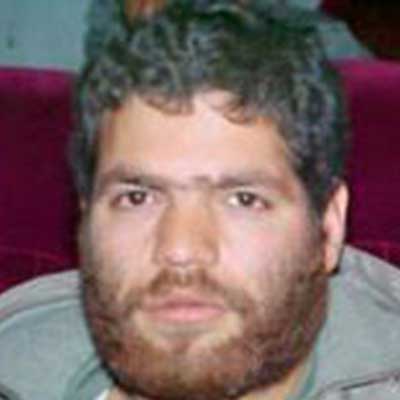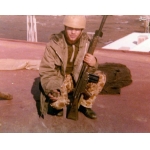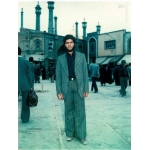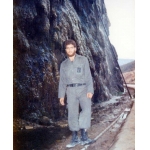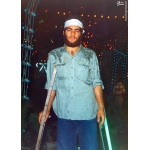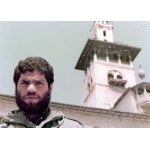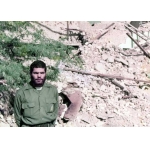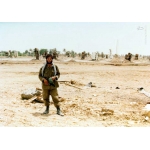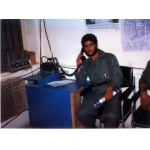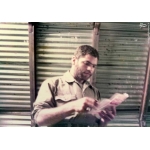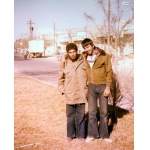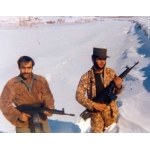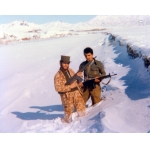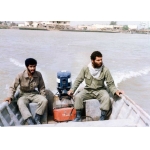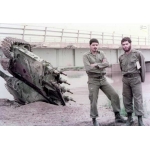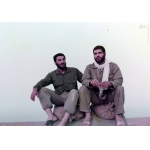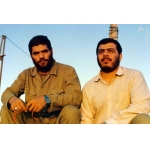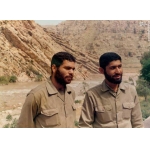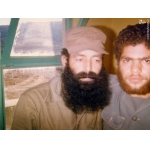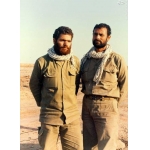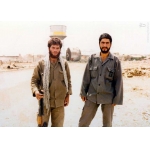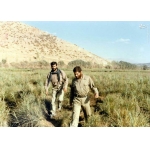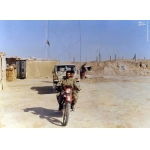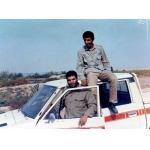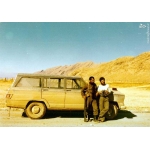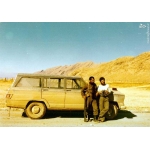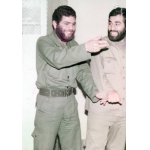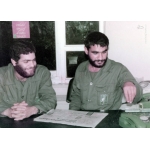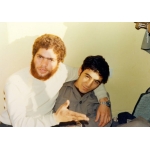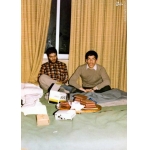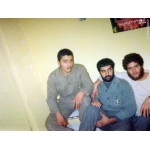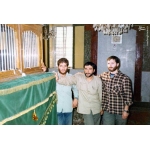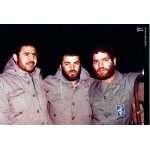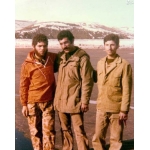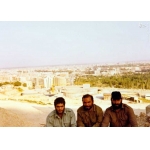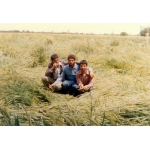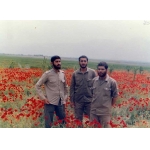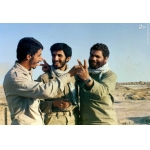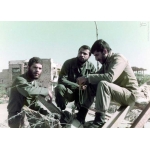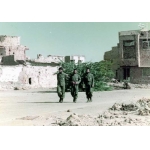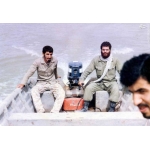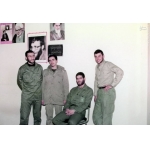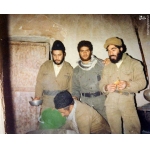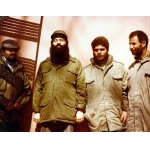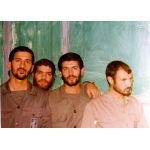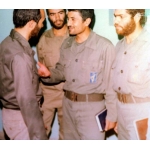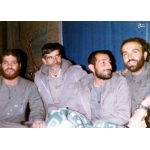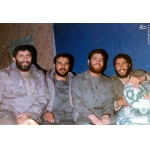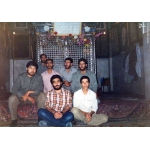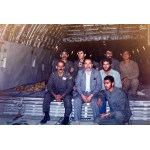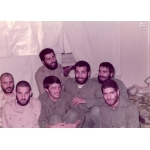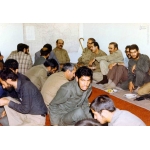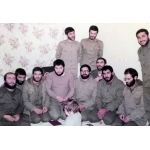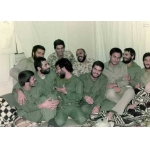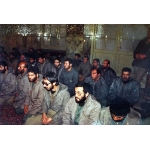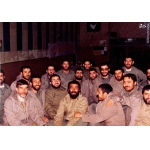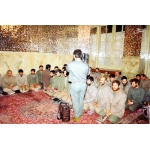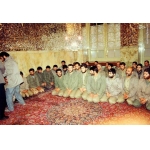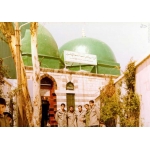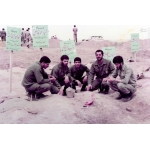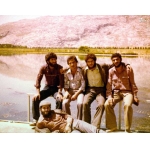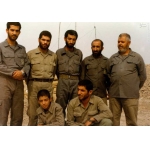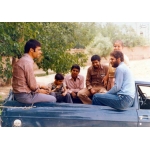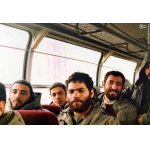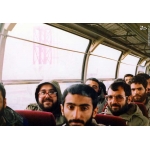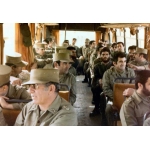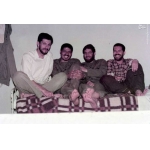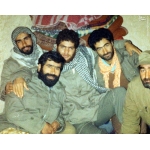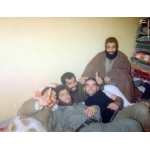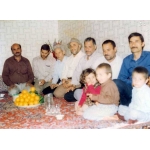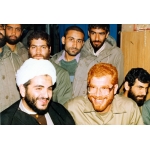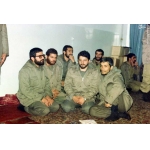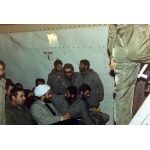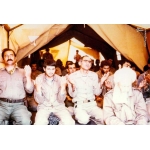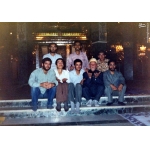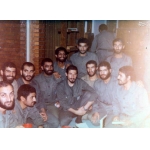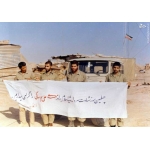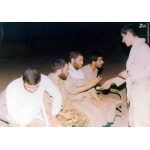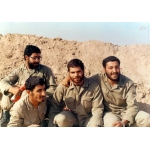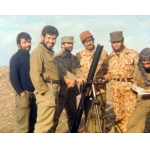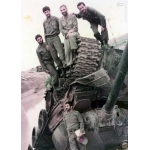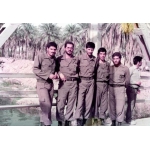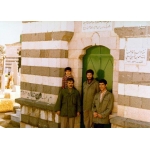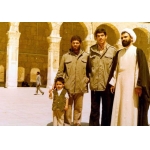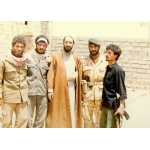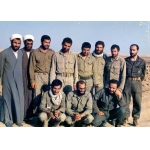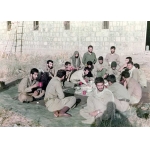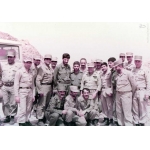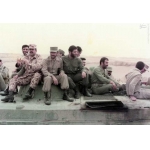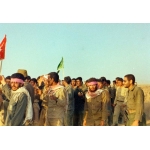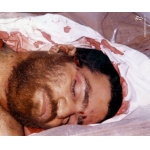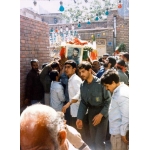Azadi, Gholam-Reza
Masoumeh Abedini
370 بازدید
Gholam-Reza Azadi (1961–1987) served as the Deputy Operations Commander at the Quds Headquarters during the Sacred Defense. He was born in 1961 in Jarquyeh, a village near Shahreza, in the province of Isfahan. After completing his primary education, he moved to Tehran with his family. During 1977-1978, in addition to academic education, he used to study Islamic sciences at night in the Ansar Al-Mahdi Hosseiniyah in Tehran.
Gholam-Reza Azadi actively participated in the 1978-1979 struggles of the Iranian people. He distributed leaflets containing Imam Khomeini’s messages among his relatives and shopkeepers. Moreover, during the student sit-in held at the University of Tehran on November 4, 1978, he was repeatedly beaten by forces of the Pahlavi regime.
As the Islamic movement gained momentum, Azadi became more active. He played a role in winning over military personnel. Prompting them to join the people and the liberation of military centers, especially Police Station 16.
In 1979, Golam-Reza Azadi joined the Islamic Revolutionary Guard Corps (IRGC). When Iraq began carrying out acts of sabotage around the border, he was dispatched with a group of Revolutionary Guards to Khuzestan and the city of Khorramshahr, where he confronted those who had created turmoil under the guise of "Khalq Arab"[1]; [HR1] and stayed there until the fall of Khorramshahr. He then returned to Tehran. In 1981, when the Mujahideen Khalq Organization declared armed warfare against the government, Gholam-Reza Azadi was injured by its members during a street confrontation and spent a month in the hospital. After recovering, he returned to the war zones and served on the front lines in Hoveyzeh, Bostan, and Khorramshahr.
In 1982, he was dispatched to Lebanon with a group of IRGC forces. Upon returning from Lebanon, he went to Kurdistan to serve alongside Muhammad Boroujerdi (martyred in 1983) in the operations unit at the Hamzeh Seyyed Al-Shohada Headquarters. With war extending into the southern parts of the country, he went to Khuzestan to fight against the enemy in Hamidiyeh and Susangerd.
In 1982, Gholam-Reza Azadi was among the first group of IRGC members who entered the AJA University of Command and Staff (DAFOOS) to undergo specialized training which he managed to complete one year later.
In Operation Kheybar, he was responsible for planning and carrying out operations at the Hunayn Headquarters. He held the same role at the Karbala Headquarters during Operations Ashura and Badr. Then, Azadi was commissioned to the Salman Headquarters, which was later renamed the Quds Headquarters, and participated in Operations Valfajr 8, Karbala 1, Karbala 4, Karbala 5, and Karbala 8.[2]
In 1987, Gholam-Reza Azadi was awarded a Hajj pilgrimage by the Commander of the Quds Headquarters in Sardasht for his services during the war. As he was preparing for his journey, on June 23, 1987, he was martyred in the Nasr 4 operational area at the Martyr Boroujerdi base during an Iraqi airstrike. His grave is located in the Behesht-e Zahra cemetery in Tehran.
[1] It was a political organization that was active in the south of Iran at that time.
[2] Reference: A Summary of an article published in the Sacred Defense Encyclopedia, Vol. 1, Tehran, The Center of Encyclopedia of the Sacred Defense Research Institute, 2011, Pp. 151-152.


